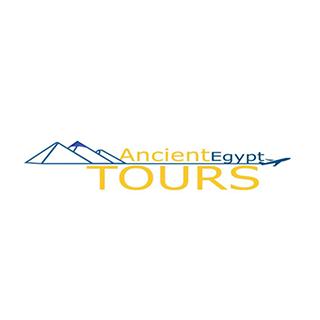Crocodilopolis City of ancient Egypt
Also known as Shedet or Faiyum, was a city in ancient Egypt located in the Faiyum region. The city was famous after the god Sobek. Who was depicted as a crocodile or a man with a crocodile head and was revered by the inhabitants as the patron deity of the city. Crocodilopolis was there during the Middle Kingdom (2055-1650 BCE) as a garrison town to protect the southern frontier of the Egyptian kingdom.
In the New Kingdom (1550-1070 BCE), the town grew in importance and became a religious center for the worship of Sobek. Over time. Sobek achieved great popularity and his cult spread throughout the Nile valley. Making Crocodilopolis a major religious shrine.
The main attraction of the city was the sacred lake of Sobek, which was home to hundreds of live crocodiles. Crocodiles were highly revered in ancient Egypt due to their association with the powerful god Sobek.
Visitors to Crocodilopolis would pay their respects to Sobek by offering prayers, sacrifices, and gifts to the crocodiles. It was famous that by pleasing the crocodiles, one could gain the favor of Sobek and other gods.
The economy of Crocodilopolis was mainly agricultural. With the fertile land around the Faiyum providing food and water for the surrounding area. The city also had a thriving trade in textiles, pottery, and other goods produced by local artisans.
Many merchants and traders would visit the city to sell their wares and to participate in the religious activities at the temple of Sobek. The city continued to thrive in the Greco-Roman period (332 BCE-641 CE) and became an important center of learning and culture. The city was home to several schools of philosophy.
Today
the ruins of Crocodilopolis can be there in the modern city of Medinet El-Fayoum. The sacred lake of Sobek still exists. Visitors can see the remains of the crocodile pools and temple of Sobek that were once the center of the city’s religious life. The ruins of the city also contain evidence of its significant agricultural and commercial activities. Providing insights into the daily life of the people who lived there.




Comment (0)